|
While on the same trip we described last week (properdegenerate.com/blog/the-wine-illuminati), we spent New Year’s Eve near a town of 4000 people called Poligny, France. It’s colloquially known as the capital of Comté. Comté is a very famous French cheese – one the best in the world – which is produced throughout this region. Though we may later do an entry on Comté, we would like to discuss why Poligny is REALLY famous. To people who fancy the strange and the macabre, it is not known for being a cheese haven, but as the town where the first three "werewolves" were executed in France. Way back in 1521 C.E., there was a series of brutal attacks and murders. Both adults and children were victims and wolves were sometimes spotted leaving the crime scenes. Legend has it that, after one attack, the wolf was unsuccessful in making a poor local man its next meal, and the hairy beast was injured. A blood trail led French authorities to the home of Michel Verdun. At the time, they found poor Michel's wife mending his wound. They naturally surmised that this happened when Michel was in the form of a wolf. This so-called “sympathetic wounding” (i.e., where an injury in animal form carries over into human form) was a dead giveaway that the authorities clearly had a werewolf on their hands. After a brutal interrogation of Michel, two other metamorphizing miscreants were fingered for the crimes: Pierre Bourgot and Philibert Montot. This pernicious pack of putative werewolves were accused not only of shapeshifting and murder, but also eating human flesh. French officials were a bit sensitive to cannibalism at the time and they didn’t just issue a ticket, a stern warning, or 16th century community service. Instead, all three men were quickly executed and burned for their crimes, both the real (i.e., murder) and the imaginary (rampant werewolfery). Fast forward 500 years. A church in Poligny is now supposed to have the only contemporary paintings of the events described in this dark tale. Sadly, records of even big events like these were a bit shoddy half a millennia ago. But, fortunately, the intrepid proper degenerate team located both the town and the correct church (which now contains a museum)! One of us was very excited to see this little bit of early Renaissance history in person. These historical hopes were quickly dashed, though. After managing to park the rental car in a much-too-small downtown spot, we walked to the church. “Hmm... that looks like construction equipment." Not good... Walking closer to the church, we saw cranes, other construction vehicles, and metal beams on the ground. Alas, the church was undergoing some sort of massive repair or remodel. Not only could we not see the paintings, but we couldn’t even get a quick tour. We walked around the building, trying to get some useful shots, but it felt a bit similar to the end of National Lampoon’s Vacation bereft of the laughs (or the kidnapping of John Candy, for that matter). Somewhat dejected for this failure of appropriate trip-planning and inability to see werewolf paintings, we decided to ease our pain with local French cuisine. But what to eat? What would make the absence-of-werewolf induced pain go away? Maybe google will have an answer? Safely back in the car, we searched online for local specialties as well as French New Year’s Eve traditions. Luckily, we hit upon a winning response that covered both: roasted chestnut soup. Shockingly, we had enough equipment in our AirBnB to put it all together. Feeling a bit better, we drove to the nearest Intermarché and found everything we needed to have a happy French New Year’s Eve dinner. The French love their chestnuts. Though the best are grown a little southeast of Nice, they are all over the place. Preparing these delightful nuts can be somewhat annoying, though, as they cannot be eaten raw. They must also be cooked to remove the hard outer shell. Enjoying them has been a French tradition since the 10th century, and, from the 13th century on, they were used as a flour, often replacing wheat in sweets. The nuts are so frequently used that, at least in some parts of France, chestnut trees are called "bread trees". It’s extremely possible that spectators to the execution of the rascally werewolves of Poligny were munching on chestnut flour pastries. When we got back to the hotel, we made our first vegetarian version of this classic dish, sticking fairly close to a traditional recipe. It’s gone through several iterations since then, and we will now share what we consider the best version with you. Recipe
Directions
Notes: * Leuștean (aka lovage) is a herb common in Southern European cooking. In Romania it is much beloved and often used as the final accent to their famous soups. It is similar in flavor to celery mixed with parsley, but has a stronger and spicier flavor. If you are interesting in having a steady supply, it can be grown as a herbaceous perennial from seed in the U.S.. It grows like a weed, even in poorer soils, and especially if it isn't harvested regularly. In other words, there's no excuse for you not to grow this fun herb, even if you are a terrible gardener.
1 Comment
Is the world run by a clandestine conclave of vainglorious vinophiles? A silly question, perhaps? One almost as foolish as flat earth theory, ancient astronauts, or the belief that college is a worthwhile investment? We may have thought so too until we went on a little post-Christmas trip to France and were confronted by this startling hypothesis. Our tale began innocently enough. Doing our usual pre-trip research for a little holiday in France, we heard tell of a castle originally built in the 12th century called the Château du Clos de Vougeot. Interesting… Apparently, the Cistercian cellars and kitchens in the castle are original, too. Very interesting… We then learned that it was located smack dab in the middle of the Clos-Vougeot vineyard in the heart of Burgundy. Monsieur Château, you now have our attention… After budgeting out half of a day to visit this site, our focus then turned to other travel destinations. Fast forward a few months, and we’re driving up the long cobblestone road to the Château, passing acre upon acre of Burgundy vines silently waiting for the end of their winter slumber and a return to their awesome purpose of making world-class grapes. The area around the Château is very flat valley and affords wide views of the peaceful French countryside. Approaching the designated parking lot, we noticed uneven stone walls. As you know, these are the bane of every tourist with a rental car who didn’t go through the economic charade of purchasing the highest level of rental insurance. In these cases, you take your (economic) life in your hands. Regardless, after bravely parking and hoping for the best, we entered the Château. We then learned some very unusual facts, and not just about wine. The Château is home to The Brotherhood of the Knights of Tastevin. This society, founded in 1934, is – at least on the surface – supposed to be focused on the development and maintenance of Burgundy wine and gastronomy. Strangely, the 12,000 or so members are not all living in the Château, or even in France. The oldest “commandery” of members is actually found in the United States. Odd, no? A wee peek at the member list may raise even more eyebrows. Both Charles de Gaulle (of Paris airport fame) and Emmanuel Macron (current president of France and student of the famous philosopher Paul Ricoeur) were/are both members. You may say, “But they’re French, and you know how those people feel about wine. It’s not strange at all”. Well, what if we told you that Angela Merkel, Willy Brandt, and Helmut Kohl – all former German chancellors – were also members? What does Angela have to do with Burgundian gastronomy? I doubt the woman has even seen a snail in the wild, let alone eaten one stuffed with garlic, butter, and minced parsley. Oh, but it gets more interesting… American director Alfred Hitchcock, Canadian entrepreneur Kevin “Mr. Wonderful” O’Leary, and British politician Andrew Mitchell can be found on the brotherly Knights’ member lists. This seems like quite a strange and diverse cavalcade of characters taken from the world stage. It raises interesting questions. What are they up to at meetings? Of course, they could just be innocently choosing to use time which could be spent making billions of euros and altering current world events to figure out whether Roquefort cheese is better paired with cabernet sauvignon or merlot. As you know, powerful people are well-known for their love of wasting time on frivolities which don’t directly benefit them. Or, is it possible that they’re up to other sorts of shenanigans? Now, we don’t want to recklessly cast conspiratorial aspersions, dear reader, but which option seems more probable to you? Are the “Knights” debating the best ways to prepare coq au vin, or are the futures of every man, woman, and child on this planet being shaped by powerful purple-red stained hands? We can't say for sure, but can only ask the questions. May Bacchus protect us from any listening devices that may have been secretly implanted in the bottle of Beaujolais we stowed in our luggage... Getting there
Château du Clos de Vougeot is a solid three-and-a-half-hour Southeast drive from Charles de Gaulle airport or a mere 21-minute drive from Aéroport de Dijon-Bourgogne. The Château has a very good website with all you need to know about getting there, fees (i.e., 9 euros for entrance), scheduled events etc. The staff at the Château were uniformly helpful and friendly. It was a fun and enjoyable visit even if we didn’t chance upon any evidence of human sacrifice, adrenochrome, reptilian shapeshifters, or other conspiratorial stuff. https://www.closdevougeot.fr/ Tips The Château is a popular place and will get bus tours, so do your best to visit during off-peak hours or during weekdays. Make sure to watch the movie offered at the site, too. Side Trips There is so much good tourism around this site that you would have no problems spending a couple of weeks in the area. Dijon and Dole are within striking distance of the Château and good wineries are dotted along the countryside. If you have a bit more time, we highly recommend you find a place to try a unique local specialty: vin jaune (i.e., yellow wine). The only places legally allowed to make this world-class product are found just an hour and thirty minutes’ drive northwest of the Château. We will cover vin jaune in a future post, so please check back. Certain things creep people out. Mold is one of these. Our negative reactions to mold seem to be inborn, and at times, eminently reasonable. There’s just something about those discolored patches and strange hues that get to us… And, of course, we’ve all been hit with a wave of nausea upon discovering a festering bowl of moldy food lurking in a dark corner of the refrigerator. It’s scarier than that famous fridge scene from Ghostbusters… What do we do now? What else might have become secretly infected? Maybe we should just move instead of dealing with this funky putrescence? After all, no one wants to wind up in the news as a fatality of some silly-named microorganism. Who would envy having, “They were killed by aspergillus” as their epitaph? Yet in spite of this, many of us love cheese, and when you get right down to it, most cheese is just dried out milk that is moldy and salty. It’s a bit ghastly if you think about it but true nonetheless. Marketing people build up all sorts of fancy terms (e.g., affinage; umami) to mitigate this reality, but the stubborn truth remains. All this being the case, how could something as gross as mold become palatable, even appetizing? Well, we would argue that it takes openness on the part of the eater and skill on the part of the creator. Oh yeah, and it doesn’t hurt to be French. There are so many good cheeses out there. Some are for the adventurous turophile (i.e., fancier of cheeses) such as the Stinking Bishop or Roquefort, whereas others (e.g., the English cheddar) share a broader appeal. The famous French Camembert sits somewhere in the middle. This soft, surface-ripened cow's milk cheese hails from northern France, most likely Normandy. It is similar in appearance to Brie cheese, which is a bit easier to find in most US and UK grocery stores. The taste of a good Camembert is more intense than Brie, though, and can hold up to more flavorful wines and other accompaniments. We like this cheese a lot. It is in this context that we unexpectedly ran across an amazing variation: Camembert affine au Calvados (i.e., Camembert refined with fine apple brandy). This is one lucky cheese. Most humans aren’t treated this well… After it undergoes a careful ripening under constant attention, the Camembert is lovingly bathed in local Calvados. After the cheese absorbs the complex flavors and aromas from the spirit, it is removed and gently coated in a tasteful layer of breadcrumbs. This not only adds a contrast of flavor and texture to the soft, unctuous cheese, but allows it to stand up to a good reheating without melting all over your pan. Those clever French people... Tasting Notes:
On first pass, it smells like regular old Camembert, but some differences start to arise. There are hints of something fruity. You cheese heads will especially like the off-the-beaten-path flavor of this special creation, though. It is creamy and rich (i.e., a lot of milk fat), slightly sweet, and earthy with hints of apple, oak, and brandy. Its softness makes it easy to spread on fresh French baguette or Italian loaves. Apart from bread, we would recommend pairing it with a nice strong white wine (preferably oaked), Brut Champagne, or maybe a little glass of Calvados to tie everything together. It’s a great way to end a meal and start a dessert course. Conclusions: If you’re bored with the same old cheddar, Swiss, and Monterey Jack cheeses, pick this up the next time you’re on the continent. You won’t be disappointed. We might try to make our own domestic cheater version whenever we get a new bottle of Calvados and will let you know how it goes. We may just get a boozy but soggy cheese. Eleven years before the United States’ first Independence Day, there were dark things afoot in southern France. Dark, wolfie things… Something was prowling the woods of the Gévaudan [1] and, unfortunately for the local peasants, this creature craved human flesh. Though details are sketchy, the first documented killing from this Beast was of a 14-years-old boy named Jeanne Boulet. Little Jeanne’s death was followed by so many more that the matter eventually received royal attention from King Louis XV. The final death tally remains unknown. Regardless, these killings were brutal and bloody, with the head and neck being the favorite targets of this Beast. But what was doing all this killing? Eyewitnesses reported a hulking, lupine figure ranging in size from a calf to a horse. Its features were confusingly described as being similar to local animals by some (e.g., having aspects of a wolf, greyhound) whereas others reported far more exotic features akin to those of an African hyena. What was indisputable, however, was the lethality of the Beast’s teeth and the mortal fear that gripped the community. It is in this scary context that history is first introduced to Marie-Jeanne Vallet. All things considered, she was an unlikely figure to become famous. Only 19-years-old at the time of our tale, Marie-Jeanne came from humble beginnings. She was far from wealthy, royal, or influential. As was common in her time, she worked on her family’s farm, presumably harvesting wheat and caring for her family’s cows and other livestock. Living in a small, tightly knit community, bad news travels fast. She no doubt learned of the Beast’s threat from neighbors and family members. Being a prudent milk maid, she made herself a spear that she carried with her whenever she walked around the suddenly dangerous Gévaudan. One fine summer day – Sunday, August 11th, 1765, to be exact – Marie-Jeanne crossed a small wooden bridge with her little sister, Thérèse. It was only when they reached the other side that Marie-Jeanne noticed that they were not alone. The Beast was there. It noticed them, too. It was now circling them with obviously bad intentions. The creature attacked, lunging at young Marie-Jeanne. Acting out of fear and inborn instincts for self-preservation, she somehow managed to get her bayonet in front of her. Marie-Jeanne then set that homespun spear using all the strength she could muster from her 19-year-old frame and proceeded to plant it solidly in the Beast’s chest, letting its own momentum drive it further inward. Roaring in pain and spurting blood, the Beast stopped its attack and wisely decided to bugger off in pursuit of other and far easier maidenly meals. Unfortunately for the Gévaudan, though, the wound was not mortal. Hunting dogs were soon brought in to track the wounded beast, but quickly lost its trail. The killings continued for quite some time afterwards. Much has been written of the Beast and the many theories of its origin and demise [2], but we are more interested in what happened to our pike-wielding heroine. Though she became famous as “the Maid of Gévaudan”, Marie-Jeanne soon fell on hard times. Just a few years after marrying a local innkeeper in 1772, she, her brothers, and several others were arrested. The charges of 1778 included theft and disruption of the local grain supply through threatening and attacking travelers. Some have claimed that these actions were due to hunger. Regardless, the theft resulted in her doing jail time at the Tower of Constance, almost 300 km from where she fought the Beast. Upon her release, she returned to her marital home. The sad tale does not end there, though. Her husband was killed in 1784 by Marie-Jeanne’s own brother. She herself died just three years later at the young age of 41. A sad end to what started out as a remarkable life. However, before you judge her, ask yourself if you could have so bravely defended yourself and your little sister from a ravening, bloodthirsty Beast who had killed many before? Could you have set that rickety DIY lance so firmly and resolutely, or would you have frozen in fear like a poor guinea pig and become the next victim? Therefore, wheat thief or not, we believe that the Maid of Gévaudan deserves our respect and maybe even a celebratory drink to remember her pluckily awesome actions on that hot summer’s day over 250 years ago. The Site The statue of Marie-Jeanne and the Beast was crafted by Philippe Kaeppelin and erected in 1995. It is impressive, especially as you take in the beautiful rural surroundings. There is a small dirt parking lot conveniently located right beside the site. A lovely little church is nearby, too. If you visit on a clear day, you will be able to literally see for miles in every direction. Even better, if you go off-season, you may have the entire site to yourself. However, this is not the actual place where she faced down the Beast. That is located nearer to the River Desges. Location Auvers Village, 43300 France Just get to the town and you’ll find it. Notes and Citations
[1] The modern-day departments of Lozère and parts of Haute-Loire. [2] For the full tale of the Beast of Gévaudan, see: Smith, Jay M. (2011). Monsters of the Gévaudan. Cambridge, MA: Harvard University Press Thompson, Richard H. (1991). Wolf-Hunting in France in the Reign of Louis XV: The Beast of the Gévaudan. |
Categories
All
Archives
June 2025
|

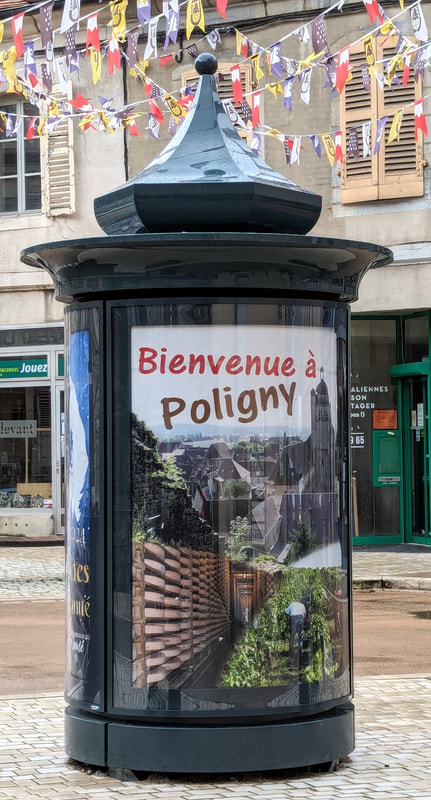
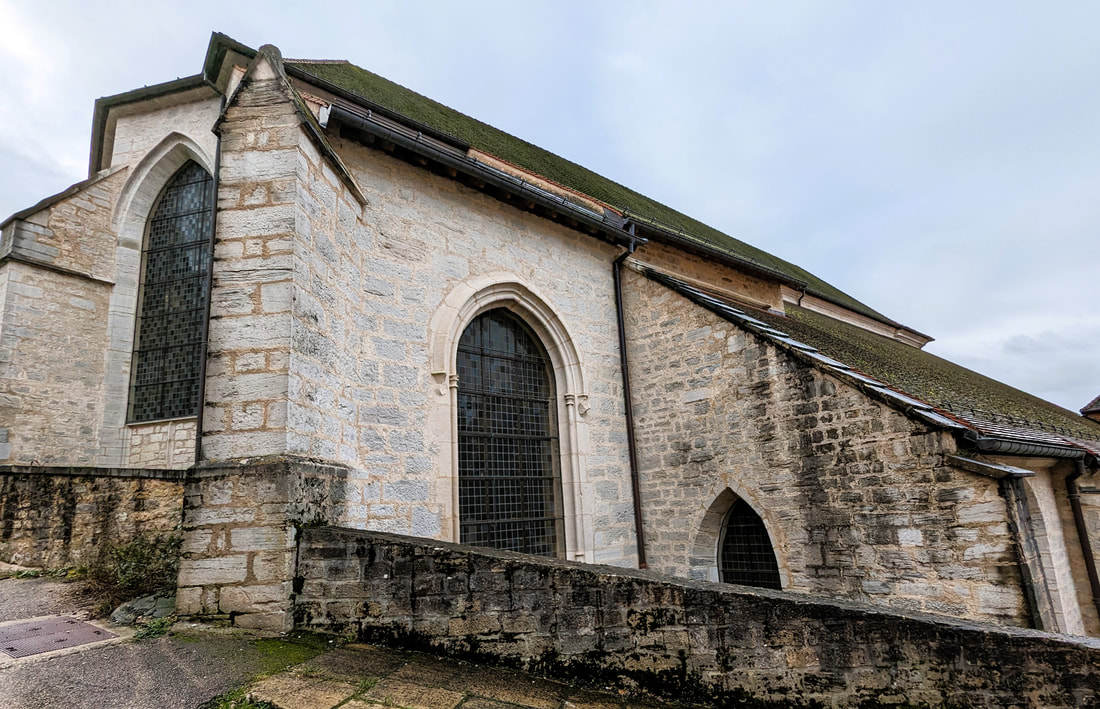
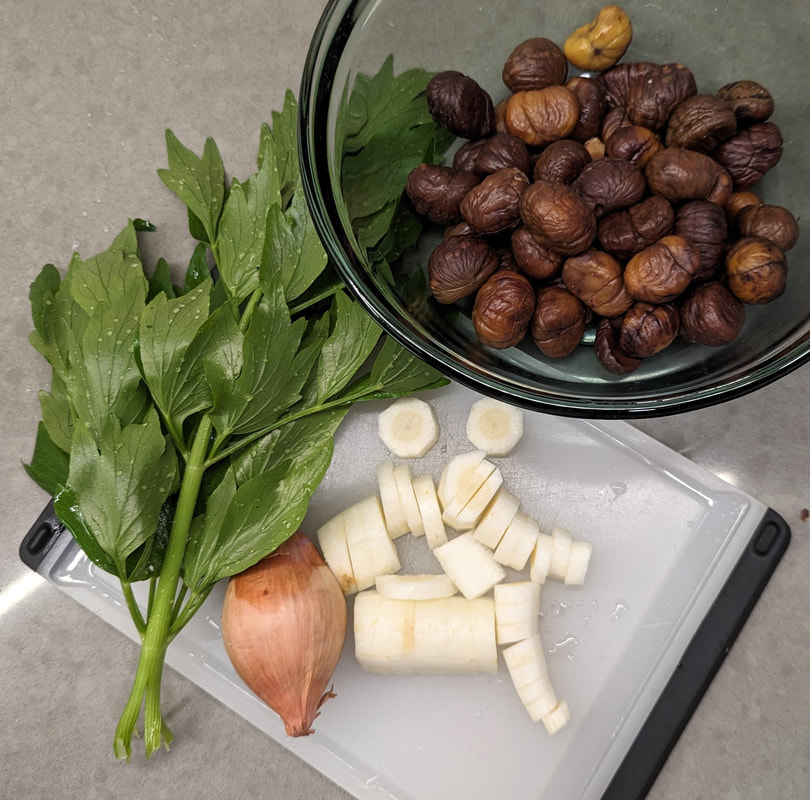


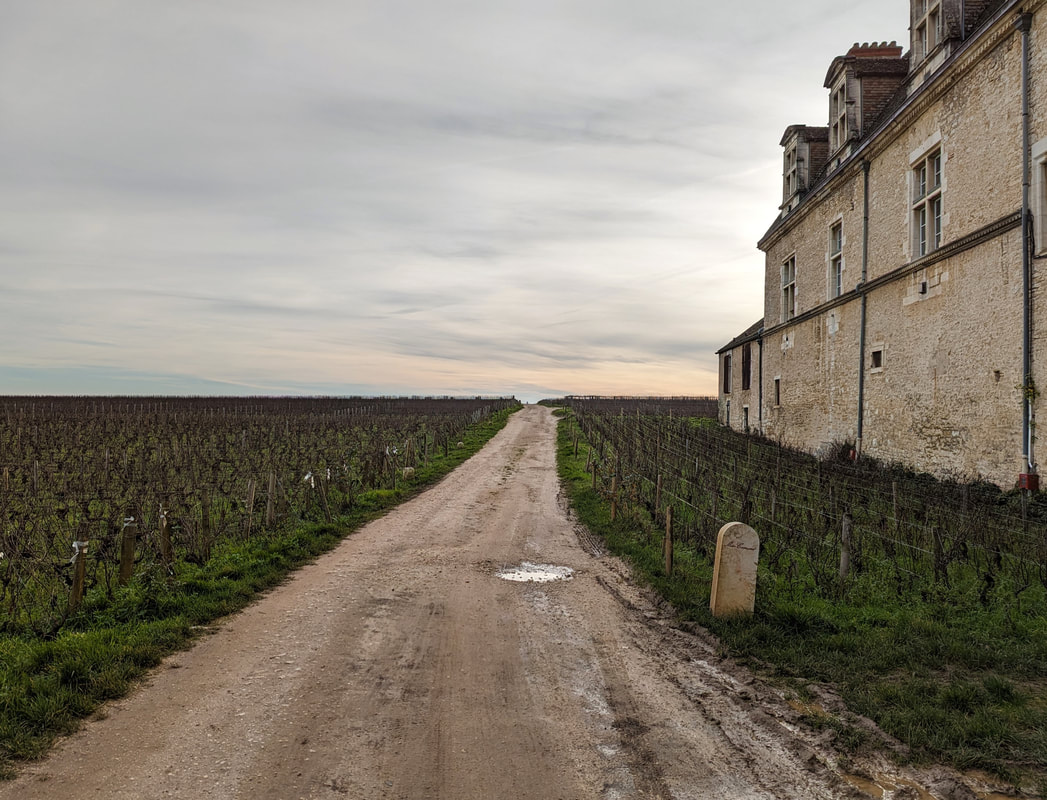
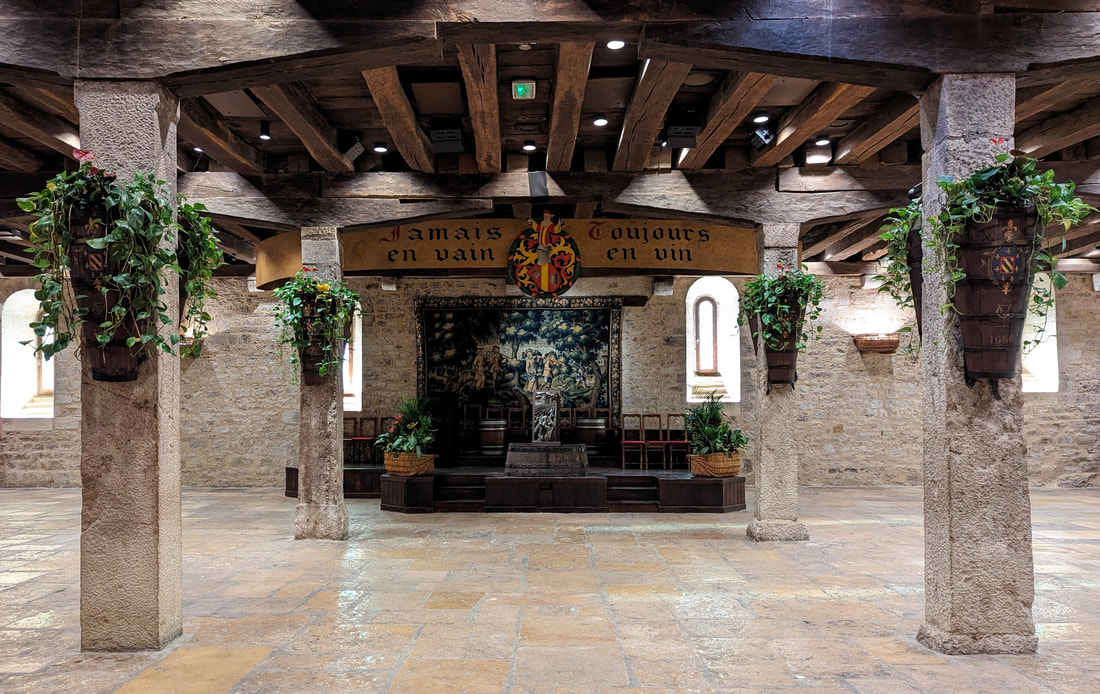
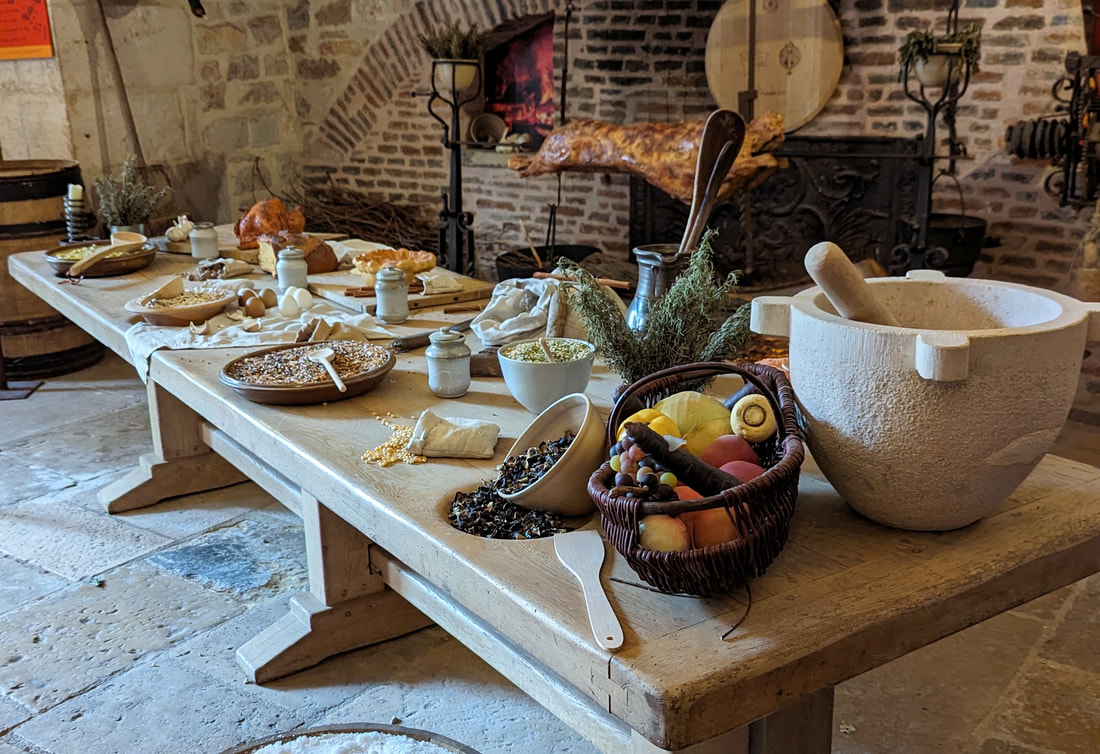
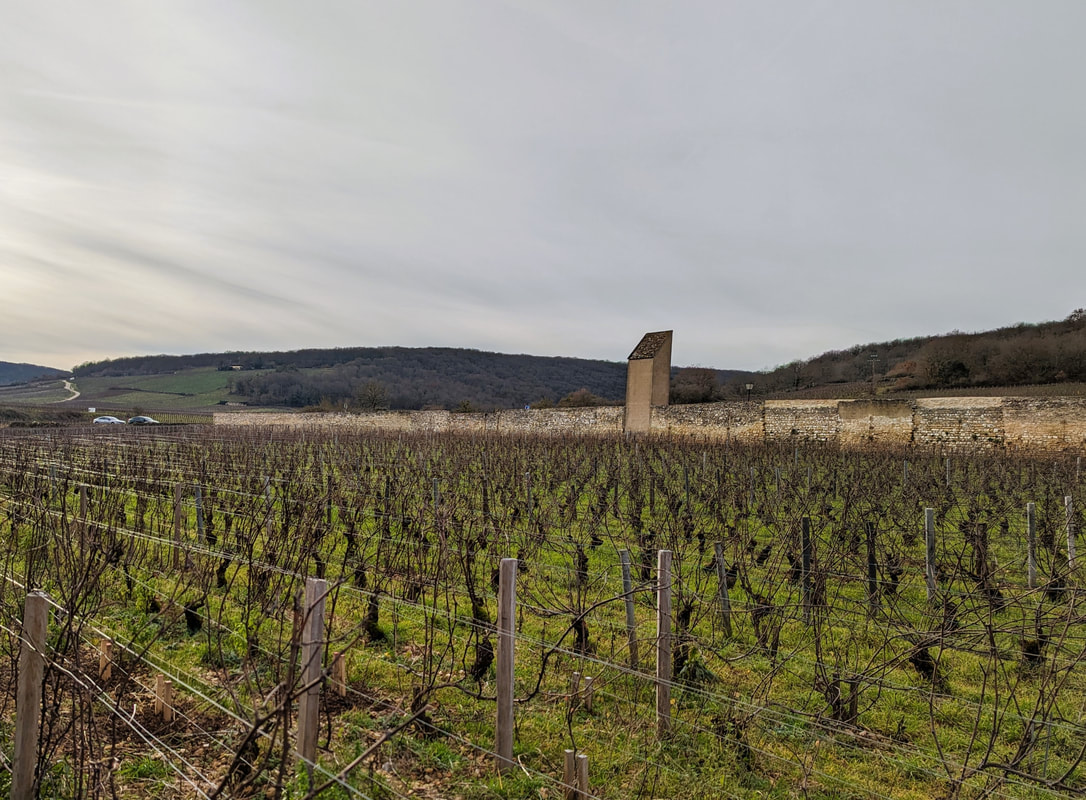

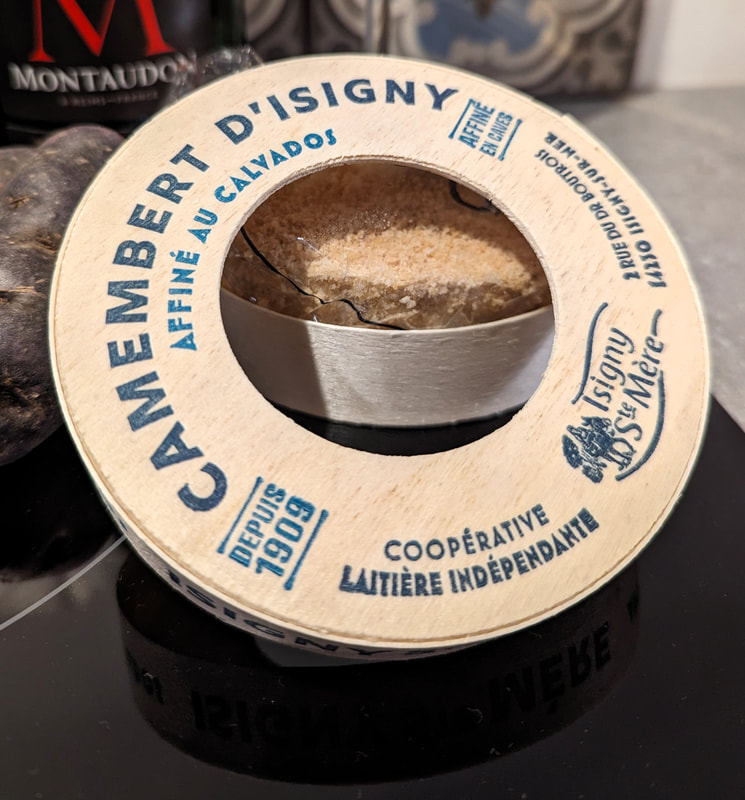
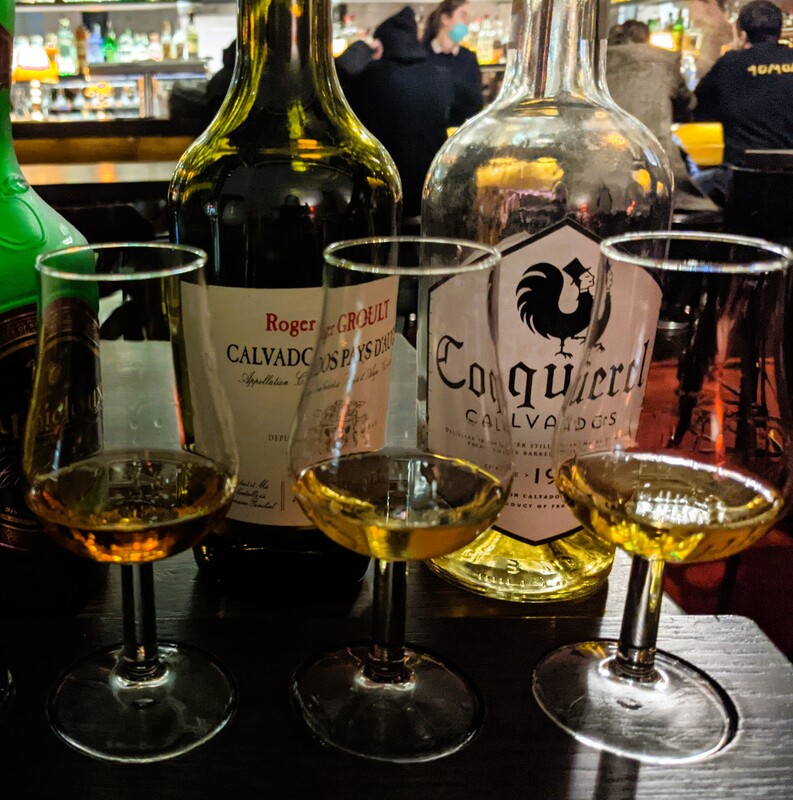
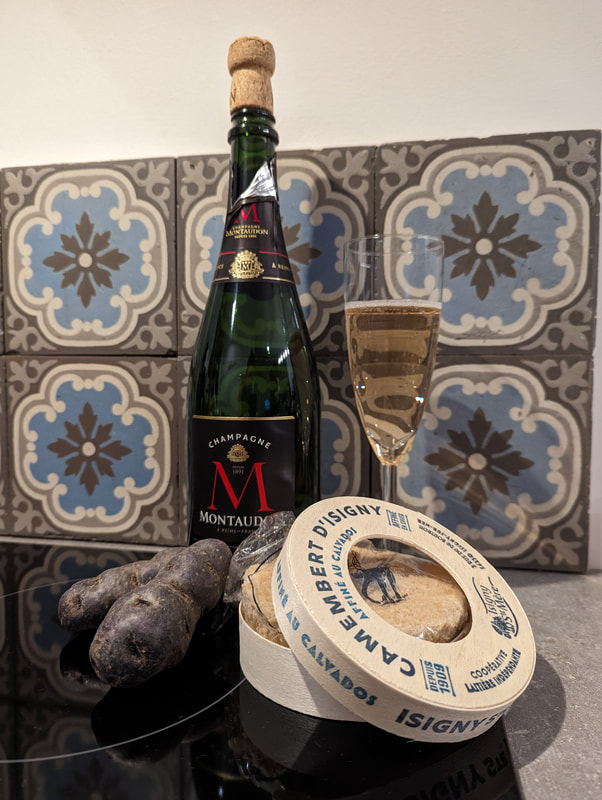


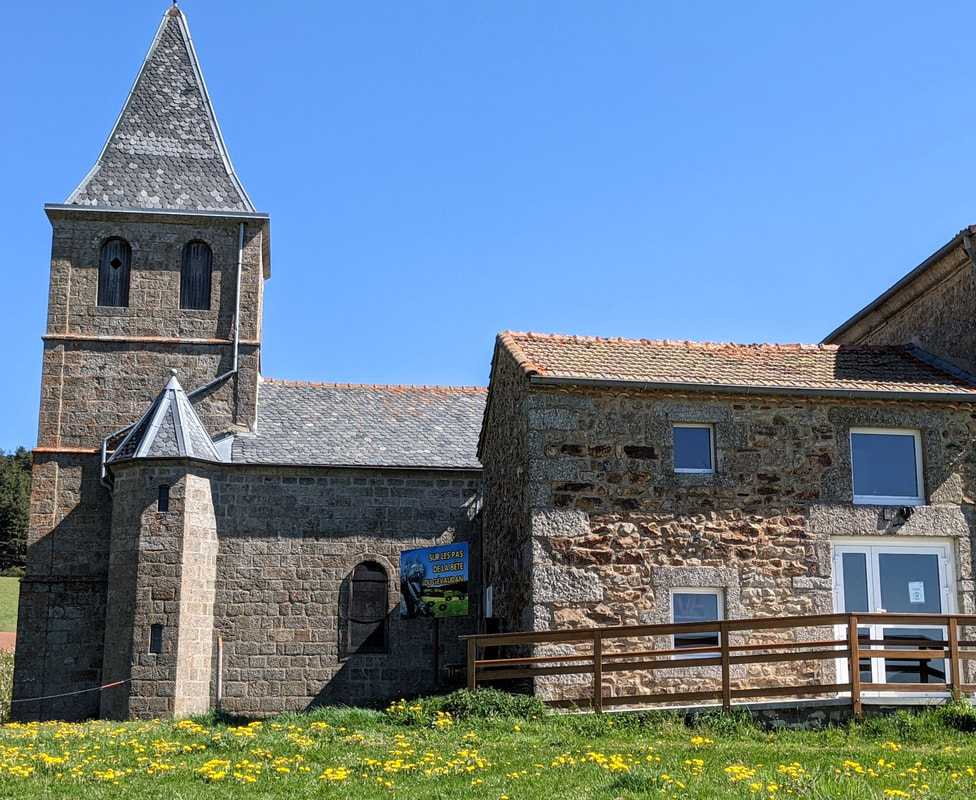

 RSS Feed
RSS Feed